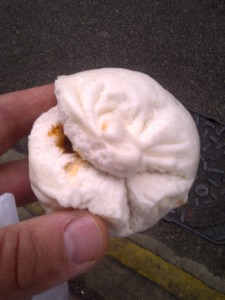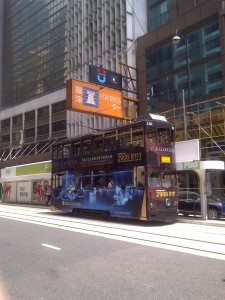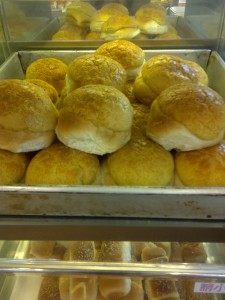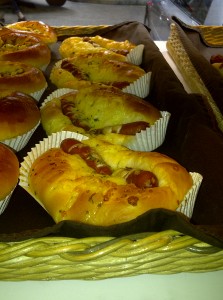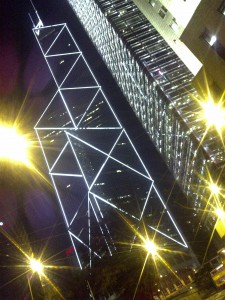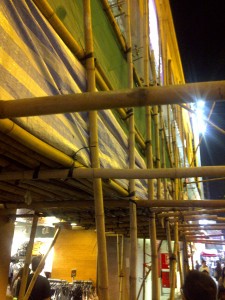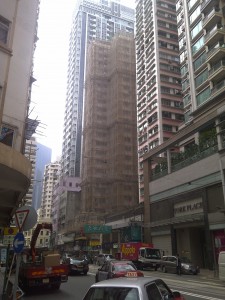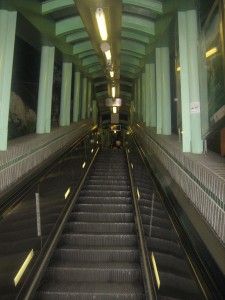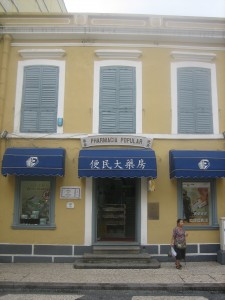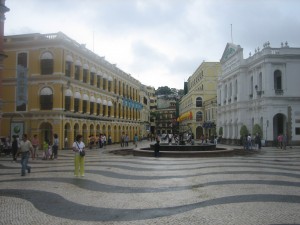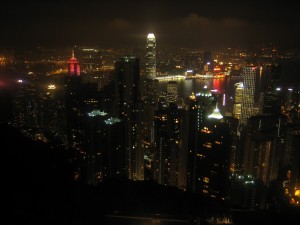
Earlier this month I was in Hong Kong for a few days. Hong Kong is one of those classically fabulous international cities. Here are a few of my favorite things from past trips:
Taxi ride from the airport: The second I arrive at HKG I look forward to descending the ramp to the taxi stands. The red cabs signaling Hong Kong Island, the green for Kawloon and the new territories and the blue for Lantau are the first signs that you are in Hong Kong.
Custom tailors: I had my first custom suit made in Hong Kong on my first trip to the city. Everyone should have a Hong Kong tailor and you really can’t come to Hong Kong without leaving with custom clothing.
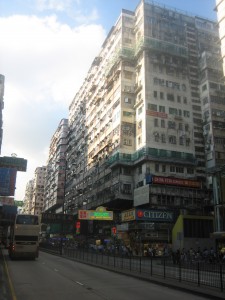
Kawloon and the golden mile (at night): Nothing says diversity like the Golden Mile in Kawloon. Walk and be hassled – though the hassling that is Nathan Road is very subdued compared to other cities I’ve been in. Indians acting as front men for a variety of businesses – working to move up the value chain that is hustling. From selling knockoff watches to suits. In my first trip to Hong Kong I sealed the experience by staying in one of tenements on Nathan street – Chungking Mansions. While in Kawloon you can hit the Lady’s Market (despite there being a famous Night Market in Hong Kong, the Lady’s Market is open until 11PMish.
Tai Chi (Taiji) in the morning: I have three simple tenets to travel. To learn a city you have to walk it, to know a city you have to see it wake up (and in some instances go to bed),and to understand a city you have to eat. You can’t come to Hong Kong (or many other asian cities) without arising early and hitting the street. Swing by a park or school area and you’ll see a few people out doing Tai Chi.
Ferry ride from Kawloon to Hong Kong sland at night: Sure this is on every top 10 list. Who cares. It really is that good.
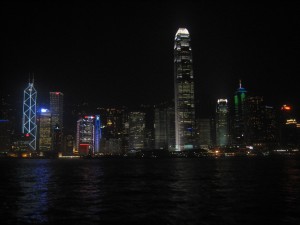
Double Decker Trams & British Influence: You can’t love Hong Kong without loving the subtleties (and not so subtleties) that are the british influence. Despite being back under Chinese rule for nearly 15 yrs, you can’t undo 100+ years of British influence. The double decker trams are just one of those influences. The cheapest way to work your way across town, for $0.25 you can ride as long as you’d like on a transportation system that has been operational for over 100 years.
Mid-level Escalators on Hong Kong Island: Take these up as far as you can. Built in 1993 to minimize the traffic congestion. Some 35K ride it daily. If I recall correctly, it is the biggest outdoor series of escalators.
Breakfast on the street: Yes, this applies to every city – but especially Hong Kong, a fabulous eating city. Find a little shop filled with locals and order something. On this most recent trip I stayed at the Harbour Plaza Hotel in North Point – a Suburb of Hong Kong Island. Having not stayed in ‘burbs before, it provided a great place to have breakfast.
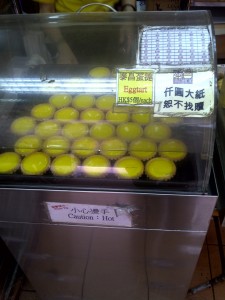
Egg tarts: I don’t care what the french say, egg tarts are uniquely Hong Kong haute.
Pastries and Breads: Hong Kong has great pastries and breads – sausage buns and pineapple buns are always at the top of my list.
Macau: On my first trip to Hong Kong I spend a bit less than two days in Macau and really enjoyed. Macau was under Portuguese rule until 1999, but never developed into a metropolis like Hong Kong. Just architecture and fabulous cuisine that blends Portuguese, Chinese, and Brazilian influences.
Bamboo Scaffolding: Despite being a large and influential international city, Hong Kong has held to their roots and continues to use bamboo scaffolding. In mainland China, builders use steel scaffolding that often looks like bamboo, but in Hong Kong they have remained firm to their roots.
